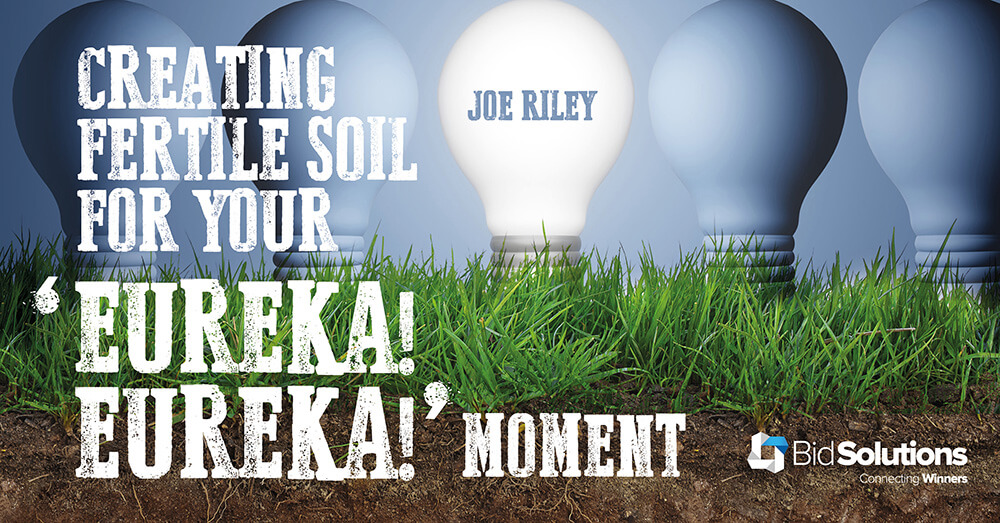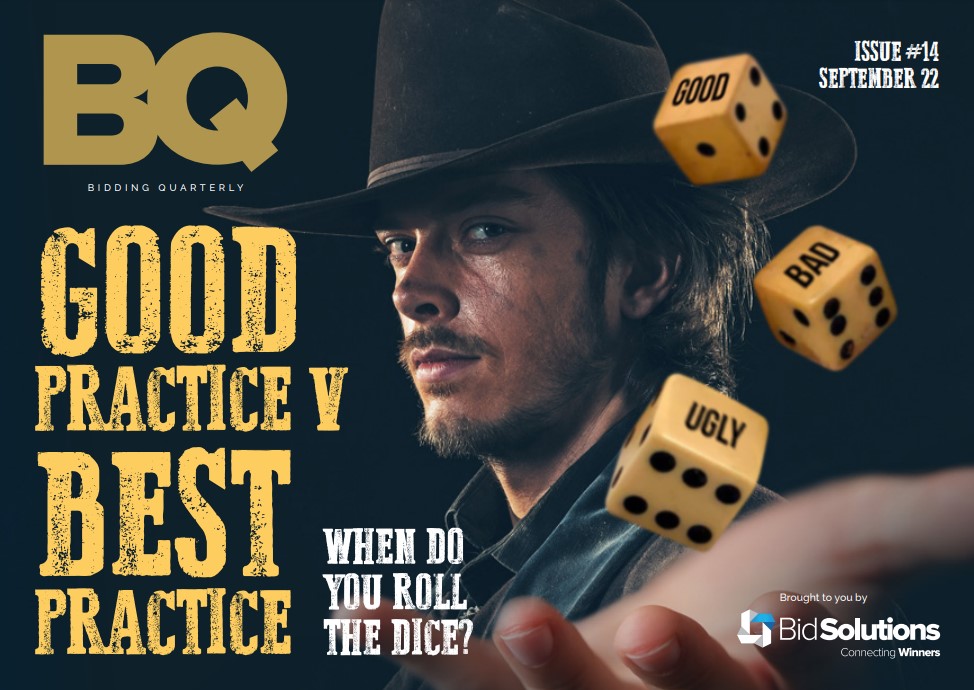
Eureka moment (noun): ‘A moment of sudden, triumphant discovery, inspiration, or insight’. Associated with Archimedes – a physicist and mathematician who discovered that the buoyant force on an object submerged in a fluid is equal to the weight of the fluid displaced by that object.
Eureka moments happen all around us in all walks of life – in technology, academia, art and science. Take literature and the dearly held London Library. Unbeknownst to us at the time, my wife and I were expecting as we watched a Dracula play at the library in the spring of 2019. Bram Stoker researched and wrote in that very room, in surroundings that had inspired great thinkers like Charles Dickens, John Stuart Mill and Harriet Martineau. The writing process wasn’t easy for Stoker. He spent seven long tortuous years figuring out what parts of his plot made his tale tick while succumbing to frequent bouts of self-doubt and self-questioning. Moments of unexpected inspiration and insight were made possible by time as the plot refined. Dracula eventually became his magnum opus. His best work.
For some work winners, ‘best practice’ conjures up a process which suggests a positive outcome is more likely if we follow a sequence of activities undertaken in a particular way. APMP’s Body of Knowledge offers plenty of resources to that effect. Yet I’ve observed (as I suspect others have) a bid manager taking two separate Subject Matter Expert (SME) teams (made up of technical and/or creative experts) through a ‘best practice’ bid process with differing quality outcomes. My diagnosis: ‘best practice’ means practice that determines ‘best thinking’.
Best thinking in this context is about who can develop the better idea; the better solution; the better presentation of a concept or argument; the better return on investment case for the buyer. For how far can process take us in terms of generating a moment of ingenuity or an innovation that makes a market, or blows up an orthodoxy, or changes a paradigm? Two practices have been present when I’ve been in teams that have blown away the competition despite starting on an equal footing. If repeated, they produce better results than without. These “Eureka!” inspiring (best) practices entail:
- Executing strategic capture to cultivate a “Eureka! Eureka!” moment. We rarely have the seven long and tortuous years afforded to Bram Stoker. But when we do have substantiated knowledge of a client’s requirement prior to tender release, we have time to think deeply about the most impactful solution. And to think deeply with time is to encourage a sort of serendipitous moment in which inspiration strikes and the outcome of the imminent tender takes on a new destiny towards an inevitable conclusion. That is, company A has conceived of a remarkable idea or solution the competition cannot match in the time afforded between tender release and submission deadline. I recall successfully positioning for a contract engaging EU Member States to solve a common policy challenge. By forensically mapping out the wants and needs of all countries in advance, we had a “Eureka!” moment enabling us to create an attuned stakeholder engagement plan using unearthed data insights. The process took months – longer than the time our competition had between the tender launch and submission date. We used time to our competitive advantage to outthink our rivals and produce the best proposal.
- Diversity is our strength – drawing on the A-team and sparking cognitive conflict. Every bid manager will have individual SMEs in mind who enhance win probability (Pwin) by their presence. These SMEs have the temperament, intellect, experience, and self-awareness to combine as a team in a way that makes 1+1 = 3. These A-teamers are often the strongest client-centric communicators who see the big picture of how the solution being sold sits within the arc of the client’s place in the world. That’s not all. Best thinking often occurs from carefully managed cognitive conflict. There is wall-to-wall literature on this subject, particularly with respect to minimising group think and widening perspectives, while improving client empathy and decision making. Business Development-led solutioning workshops and design sprints can maximise cognitive conflict when done skilfully. This in turn drives innovation, ideation, and better thinking to produce the strongest (best) proposals.
Competitive tendering dynamics are often a microcosm of why a business exists in the first place – to solve a client’s challenge and to add greater value than competitors. Whether we grasp our position in the market through Porter’s Five Forces, or Blue Ocean Strategy’s value innovation, or the like, companies that thrive typically do so because they outthink and adapt better than their rivals.
Professor James E. Schrager wrote in his case study – Three Strategy Lessons from GE’s Decline – that “All growth from any single market or technology will end. Companies that endure are those that plan for this reality.” I suppose this reality is fundamental to reasoning why work-winning best practice should mean repeatable ways to increase the likelihood of outthinking and outmanoeuvring a forever evolving market.
This article was written by Joe Riley.
Joe holds a Capture leadership role focused on the growth of ICF’s Europe and Asia (E&A) operations. He previously led ICF’s E&A bid teams in the UK, Belgium, India and China. With more than 10 years’ experience, Joe has built and shaped work winning teams across a wide range of public sector markets. He has also managed client engagements with international clients such as the Rome-based UN agencies and the European Banking Authority.
Joe is APMP Professional certified and was recognised in APMP’s 40 Under 40 class of 2020.

